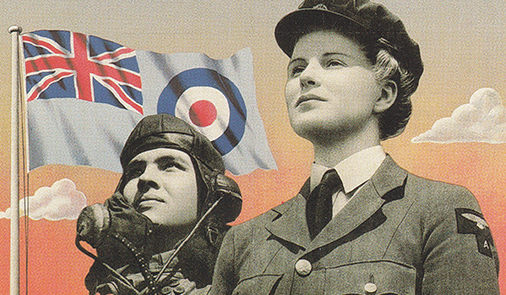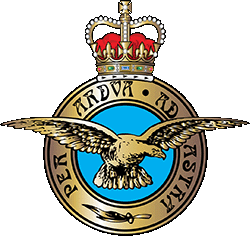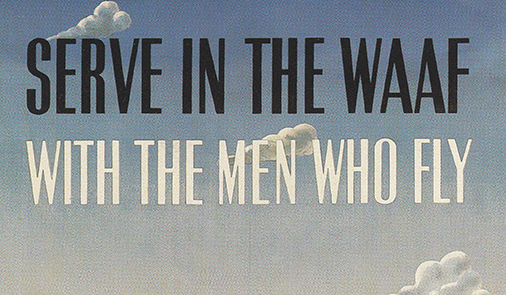
Wommen's Auxiliary Air Force
During wartime, vital support roles were undertaken by women so that men could be released for combat.
Learn more the cairo diary
the cairo diarya brief history of Great Britain's Women's Auxiliary Air Force (WAAF)
Since 1938, women had served in the Auxiliary Territorial Service (ATS), the female force equivalent to the RAF's Territorial Army. These companies were affiliated to Royal Auxiliary Air Force squadrons but by May 1939, the Government decided that a separate women's air service was necessary. The Women's Auxiliary Air Force was not an independent organisation nor was it completely integrated within the RAF. Rather it was interlinked with its 'parent' force for the purpose of substituting, where possible, women (as non-combatants) for RAF personnel. It was mobilised on August 28th, 1939 and within the year tens of thousands of women had volunteered to serve.
In 1941 the Women's Auxiliary Air Force became part of the Armed Forces of the Crown, subject to the Air Force Act. Conscription for women was introduced December 18, 1941with the National Service Act No. 2, and by July 1943 a peak strength of 182,000 had been reached. By 1945 a quarter of a million women had served in the WAAF in over 110 different trades and capacities (including munitions, parachute packing, communications, aircraft maintenance & ground crew, transport, reconnaissance analysis, deciphering and intelligence operations) supporting operations around the world. They were an integral and vital part of the Royal Air Force's war effort.
In 1945 with the war coming to an end demobilisation began and by June 1946, over 100,000 had left the service. The Government was conscious of the contribution made by the WAAF and proposals for retaining a permanent female peacetime force were discussed . As a result the WAAF was re-formed as the Women's Royal Air Force (WRAF) on the 1st of February 1949.

In 2005, Queen Elizabeth II dedicated a monument in Whitehall commemorating the women who had served Great Britain during World War II. The 22ft-high bronze sculpture depicts the various uniforms and working clothes that they wore.
(SELECTED SOURCES: Wikipedia: Women's Auxiliary Air Force / Women's Auxiliary Air Force Association / BBC - WW2 People's War Archives, and the RAF War Museum websites)
Some other resources to explore regarding the WAAF.

During wartime, vital support roles were undertaken by women so that men could be released for combat.
Learn more
First hand accounts from those who served (compiled by the BBC between 2003 - 2006).
Learn more